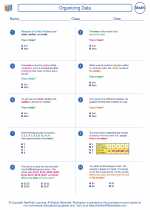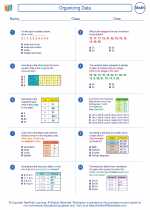Hexagonal Tessellation
Hexagonal tessellation is a pattern of regular hexagons that fit together without any gaps or overlaps to cover a surface. This tessellation is created by arranging hexagons in a way that they share a common side with the neighboring hexagons. It is a form of plane tessellation, where a plane is covered by repeating a single shape without any gaps or overlaps.
Properties of Hexagonal Tessellation
Hexagonal tessellation has several interesting properties:
- Regular Hexagons: The tessellation consists of regular hexagons, meaning all sides and angles of the hexagons are equal.
- Three Hexagons at Each Vertex: At each vertex of the tessellation, three hexagons meet. This creates a symmetrical and stable pattern.
- Rotational Symmetry: The tessellation has rotational symmetry of order 6, meaning it looks the same after a rotation of 60 degrees, which is the interior angle of a regular hexagon.
Examples of Hexagonal Tessellation
Hexagonal tessellation can be found in various natural and man-made structures, such as beehives, certain types of floor tiling, and some quilting patterns. The hexagonal pattern is efficient in maximizing space coverage with the least amount of material, making it a common choice in architecture and design.
Study Guide
If you are studying hexagonal tessellation, here are some key points to focus on:
- Understanding the properties of regular hexagons, including their angles and side lengths.
- Recognizing the arrangement of hexagons in a tessellation and how they fit together without gaps or overlaps.
- Exploring real-world examples of hexagonal tessellation in architecture, art, and nature.
- Practicing creating your own hexagonal tessellations using paper and pencil or digital tools.
By mastering these concepts, you will gain a deeper understanding of hexagonal tessellation and its applications in various fields.
[Hexagonal Tessellation] Related Worksheets and Study Guides:
.◂Math Worksheets and Study Guides Seventh Grade. Organizing Data

 Worksheet/Answer key
Worksheet/Answer key
 Worksheet/Answer key
Worksheet/Answer key
 Worksheet/Answer key
Worksheet/Answer key
